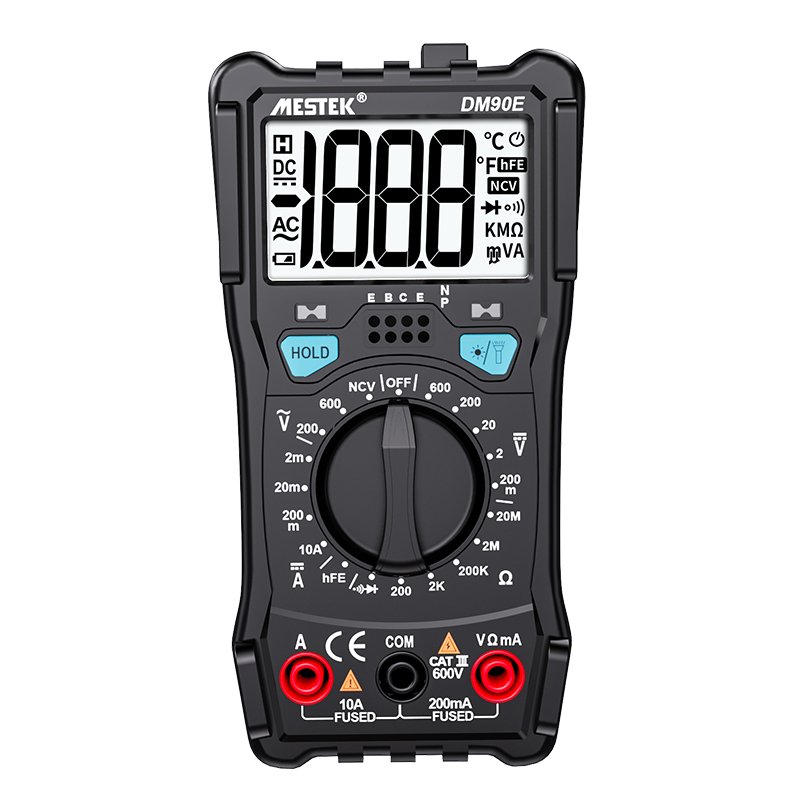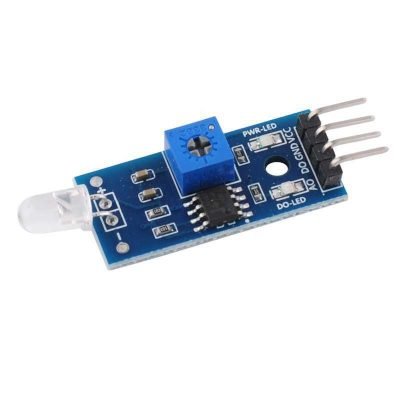LM393 Photodiode Module
₦ 1,500
Fast Shipping
Technical Support
Experienced technical support
Nationwide Delivery
To all 36 States
The LM393 photodiode module is an electronic component that uses a photodiode and an LM393 voltage comparator to detect light intensity. It is commonly used in DIY electronics projects, especially with microcontrollers like Arduino and Raspberry Pi.
Features:
- Directional sensitivity: The module is sensitive to the brightness and intensity of ambient light. Compared to a photoresistor, the photodiode offers better directionality, meaning it is more sensitive to light from a specific direction.
- Dual outputs: Most versions of the module provide both an analog and a digital output.
- Analog output (AO): Provides a voltage that is proportional to the intensity of the light.
- Digital output (DO): Provides a simple high or low (0 or 1) signal.
- Adjustable sensitivity: A built-in potentiometer (often a small blue one) allows you to adjust the threshold for the digital output. This determines the specific light intensity at which the digital output will switch from high to low.
- LM393 comparator: The LM393 integrated circuit is a dual differential comparator, which is used to compare the light intensity detected by the photodiode against the threshold set by the potentiometer.
- Operating voltage: The module typically works with a voltage range of 3.3V to 5V.
- Easy to use: It has a straightforward design with either 3 or 4 pins, making it simple to connect and operate.
How it works:
The photodiode component of the module generates a small voltage or current when light hits it, with the output changing based on the light’s intensity. This signal is sent to the LM393 comparator, which compares the photodiode’s signal to the voltage set by the potentiometer.
- If the light intensity is below the set threshold, the digital output will be high.
- If the light intensity exceeds the set threshold, the digital output will switch to low.
This digital output can be used to trigger other devices, such as a relay module to create a light-activated switch.
Applications:
- Photoelectric switches: Turning a device on or off based on the presence or absence of light.
- Light-sensitive alarms: Triggering an alarm when a light beam is broken.
- Automatic lighting systems: Controlling lights based on ambient light levels.
- Robotics: Used in obstacle avoidance or line-following robots.
- Other electronics projects: A general-purpose component for detecting changes in light intensity.
Only logged in customers who have purchased this product may leave a review.
No account yet?
Create an Account












 Power supply
Power supply








Reviews
Clear filtersThere are no reviews yet.